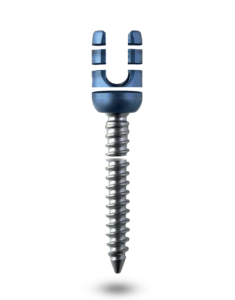The medical device industry is constantly evolving, with new technologies and regulations being introduced all the time. One of the most significant changes in recent years has been the implementation of the Unique Device Identification (UDI) system. This system has had a major impact on the medical device industry, and it’s important for manufacturers, healthcare providers, and patients to understand what UDI is and how it affects medical devices.
What is UDI?
Unique Device Identification (UDI) is a system for identifying and tracking medical devices throughout their distribution and use. Created by the Food and Drug Administration (FDA), UDI was developed in response to the increasing complexity of the medical device industry and the need for better tracking and monitoring of devices. The UDI system assigns a unique code to each medical device, which includes information such as the device’s manufacturer, model, and expiration date.
Why Was UDI Implemented?
The implementation of UDI was driven by several factors:
- Better Post-Market Surveillance: UDI enables the FDA to more easily track and monitor the safety and effectiveness of medical devices.
- Reduction of Medical Errors: By ensuring that the correct device is used for each patient, UDI helps reduce medical errors and enhance coordinated care and care coordination.
- Efficient Recalls: UDI allows for more efficient and accurate recalls of defective or dangerous devices, which is critical for maintaining compliance management systems.
How Does UDI Affect Medical Devices?
UDI has had a significant impact on the medical device industry:
- For Manufacturers: Manufacturers are now required to label their devices with a UDI code and submit information about their devices to the FDA’s Global Unique Device Identification Database (GUDID). This information is publicly available and can be accessed by healthcare providers, patients, and other stakeholders.
- For Healthcare Providers: UDI has made it easier to track and manage medical devices, reducing the risk of errors and improving patient safety. This advancement aligns with healthcare analytics and enhances integrated healthcare by streamlining processes.
- For Patients: Patients benefit from UDI by gaining easy access to information about the medical devices used in their treatment, including the device’s safety, effectiveness, and any recalls or warnings.
Challenges and Future Developments
While UDI has brought many benefits to the medical device industry, there have been challenges in its implementation:
- Cost and Complexity: Some manufacturers have struggled with the cost and complexity of implementing UDI.
- FDA Delays: There have been delays in the FDA’s review and approval of UDI submissions.
However, the FDA is continuously working to improve the UDI system and address these challenges. In the future, UDI is expected to be integrated with electronic health records (EHR), allowing for even more efficient tracking and monitoring of medical devices. This integration will further enhance healthcare communication and medical case management software.
Conclusion
UDI is a crucial system for identifying and tracking medical devices, and it has had a significant impact on the industry. By understanding what UDI is and how it affects medical devices, manufacturers, healthcare providers, and patients can all work together to ensure the safety and effectiveness of medical devices. As the UDI system continues to evolve, it will play an even bigger role in improving patient outcomes, reducing medical errors, and enhancing clinical pathways and care coordination platforms.
Have you implemented UDI in your healthcare facility or manufacturing process? Share your experiences and challenges in the comments below.






